sew it in
minutes
24 Projects to Fit Your Style and Schedule
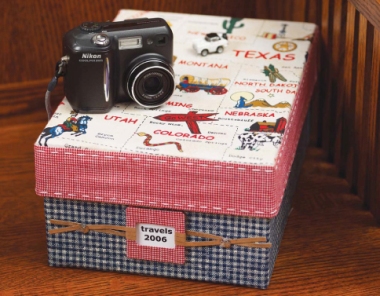
Chris Malone
2006 Chris Malone
Published by

Our toll-free number to place an order or obtain
a free catalog is (800) 258-0929.
All rights reserved. No portion of this publication may be reproduced or transmitted in any form or by any means, electronic or mechanical, including photocopy, recording, or any information storage and retrieval system, without permission in writing from the publisher, except by a reviewer who may quote brief passages in a critical article or review to be printed in a magazine or newspaper, or electronically transmitted on radio, television, or the Internet.
Library of Congress Catalog Number: 2005934366
ISBN-13: 978-0-89689-358-0
ISBN-10: 0-89689-358-8
eISBN-13: 978-1-4402-2092-0
Edited by Sarah Brown
Designed by Emily Adler
Printed in the United States of America
Acknowledgments
It takes a lot of creative and dedicated people to make a book a reality, and I would like to thank all the people at Krause Publications who contributed their talents to Sew It In Minutes. I especially thank my wonderful editor, Sarah Brown, for all her hard work, brilliant insights and creative eye. My job is easy compared to hers! A special thank you, too, to Julie Stephani, the acquisitions editor who guided me through the first formative steps, and to the gifted photographers, Kris Kandler and Bob Best, who worked so hard to make each and every photograph a work of art.
The backgrounds for the photos are so important, too, and I thank Hansens Brand Source in Waupaca, Wisc., for allowing us to use their beautiful furniture and accessories as a complement to the projects.
And, as always, I thank my husband Jim, who patiently puts up with it all and gives me his support and encouragement, and my children and grandchildren who make my life so complete!
Introduction
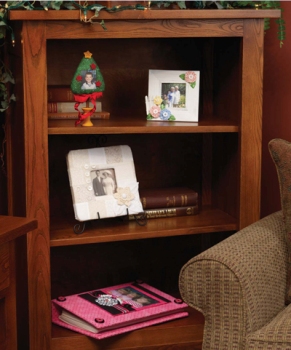
TIME!!! We never have as much time as we would wish for, especially when it comes to crafting and sewing. Our lives are busy and full, yet we need and appreciate lovely things around us, handcrafted with love and styled to our own personalities.
Even if you have only an hour or two to spare, you can still create something truly unique and special. In this book, I have composed six chapters, each with a specific theme gardening, friendship, relaxing with a good book, a love of photos, sewing and travel and each chapter has four original projects. Here you will find something to fit your schedule from one hour to an evening. Of course, these time allocations have to be a little flexible, based on how quickly you work and assuming that you have selected your materials and have them close at hand! Each project is based on a completion time of 60 minutes (1 hour), 90 minutes (1 hours), 120 minutes (2 hours) and 240 minutes (an evening) so you truly will sew it in minutes!
I have also included many little tricks and strategies that I like to use to make an ordinary project extra-ordinary. There are many time-saving techniques and simplifying steps for basic construction that will allow you to focus your creative energies on imaginative embellishments. Also, I share my ideas on ways to transform purchased wares to original designs with a maximum of style and a minimum of time.
So please, take the time to read through the chapters on Basic Supplies and Basic Techniques before you begin your own one-of-a-kind creations!
Table of Contents
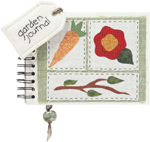
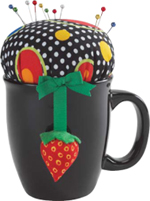
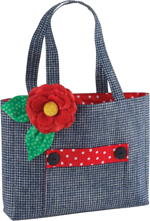
Basic Supplies
Before you begin any sewing project, its helpful and a great time saver to have all your tools and materials organized and handy. This chapter lists the supplies that I find essential for my sewing designs. Some are particularly useful for those of us with big ideas and little time!
Tools
Tools Using the right tool for the job and keeping that tool in good working order are actually great time savers and make the creating process a lot more enjoyable too. This list of basic tools will see you through any of the projects in this book. Need I add that keeping them organized and handy will save time, too?
Sewing Machine
A good basic machine with a smooth straight and reverse stitch and a plain zigzag stitch will work for all the sewing projects in this book. A " foot, also known as a quilters foot, is very useful for producing accurate seam allowances. Follow the instructions in your machines manual for routine cleaning and maintenance.
Scissors
You will need a good, sharp pair of scissors for fabric only and another pair that you can use on paper and other materials. A small pair of scissors for snipping threads is useful, too.
Rotary Cutter and Mat
A rotary cutter and mat are not essential tools for these projects, but they are such time savers when you have strips and blocks to cut. They make it possible to accurately measure and cut through several layers at the same time. The 45mm rotary blade is the most common size and if you have the room and the budget, buy a large mat for cutting large strips and pieces and a small mat for trimming.
Rulers
The see-through acrylic rulers are so handy for measuring and cutting with the rotary system. A good, all-around size is the 6" x 24" with  " markings and a 45-degree angle line; it will reach across a folded piece of yardage. A smaller ruler, such as a 6" x 12", is easier to use for shorter cuts.
" markings and a 45-degree angle line; it will reach across a folded piece of yardage. A smaller ruler, such as a 6" x 12", is easier to use for shorter cuts.
A centering ruler is so handy when adding embellishments for anything that needs to be centered. It has a zero mark in the middle and equal marks radiating out. Sometimes I use my eyeball for centering, but this ruler really is more reliable! You will also need a tape measure for some steps such as measuring the circumference of a basket. A good quality tape with easy-to-read markings will last a long time.
Marking Tools
A lead pencil for marking light fabrics, a white pencil for marking dark fabrics and a fade-out pen for transferring patterns are essential tools. For pattern templates, you can purchase template plastic (available in quilting stores) or use discarded plastic lids or lightweight smooth cardboard.
Needles and Pins
Keep an assortment of different size needles for your machine handy and check the package to select the appropriate needle for the fabric you are sewing. Hand sewing needles should include sharps and embroidery needles, sizes 7-10.
Embroidery Hoop
Embroidery hoops keep the fabric taut and make the hand stitching easier and smoother. They are inexpensive, and its a good idea to keep a variety of sizes on hand.
Iron
Invest in a good steam iron and keep it clean and as close to your sewing machine as possible. The new mini irons on the market today are so handy to have plugged in right beside your machine for quick seam pressing and fusing appliqus without having to get up and move to the ironing board.
Next page
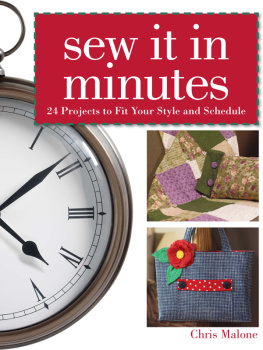
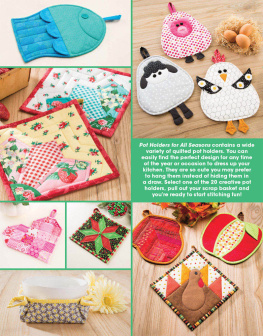
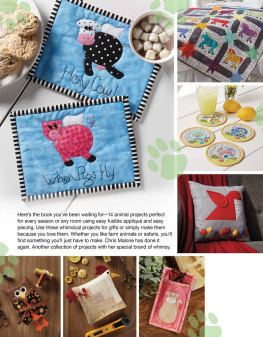
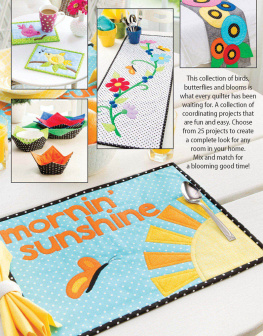

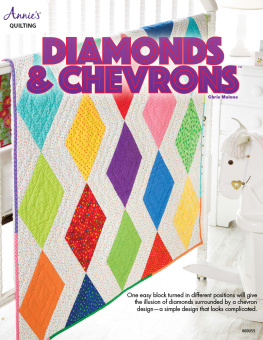


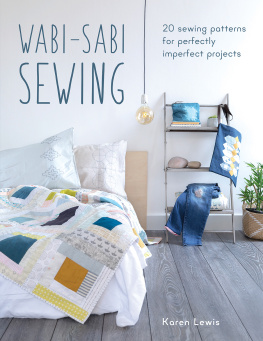

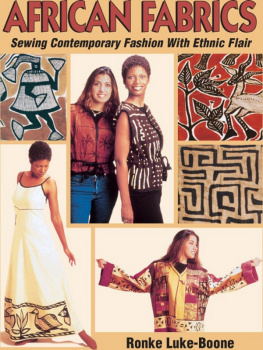
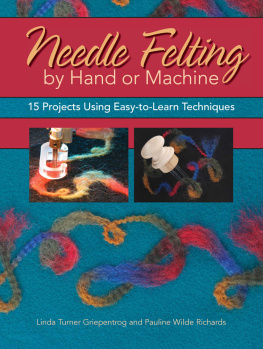






 " markings and a 45-degree angle line; it will reach across a folded piece of yardage. A smaller ruler, such as a 6" x 12", is easier to use for shorter cuts.
" markings and a 45-degree angle line; it will reach across a folded piece of yardage. A smaller ruler, such as a 6" x 12", is easier to use for shorter cuts.